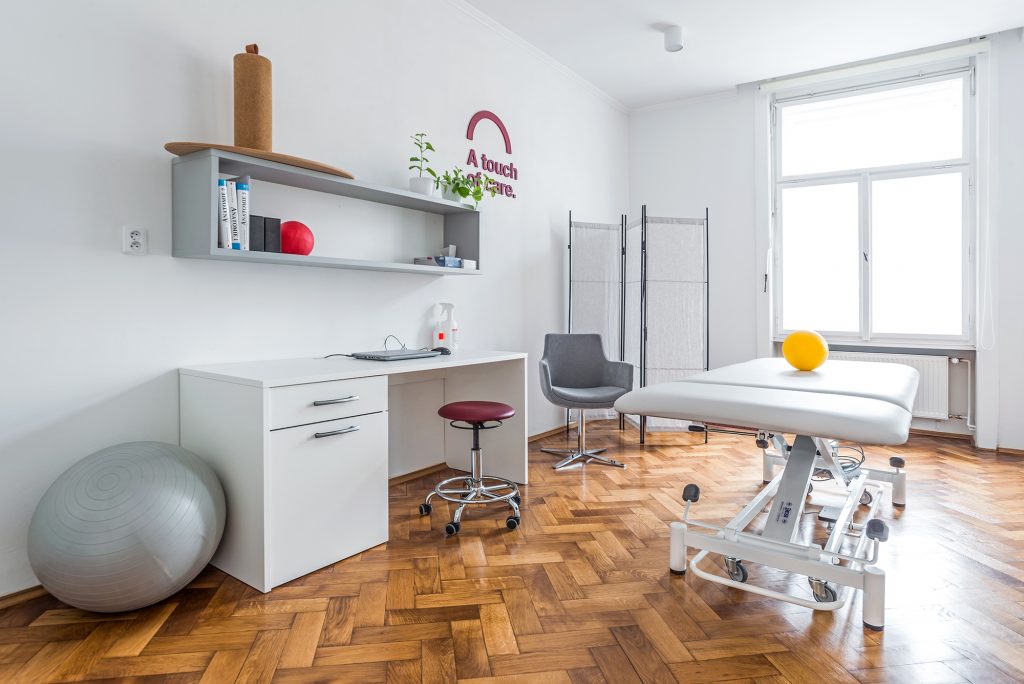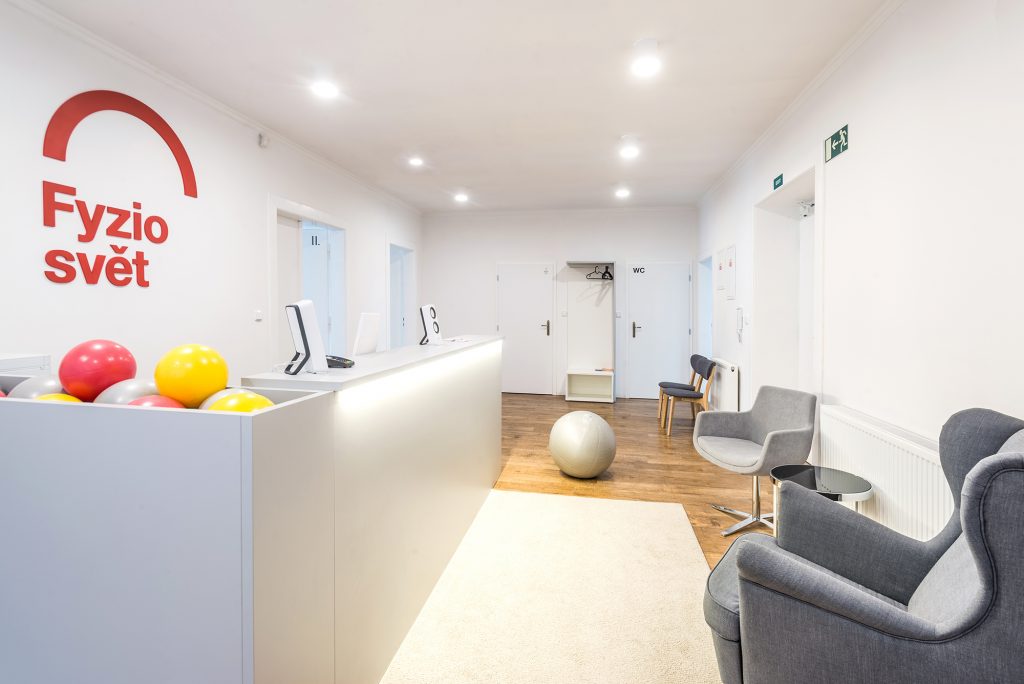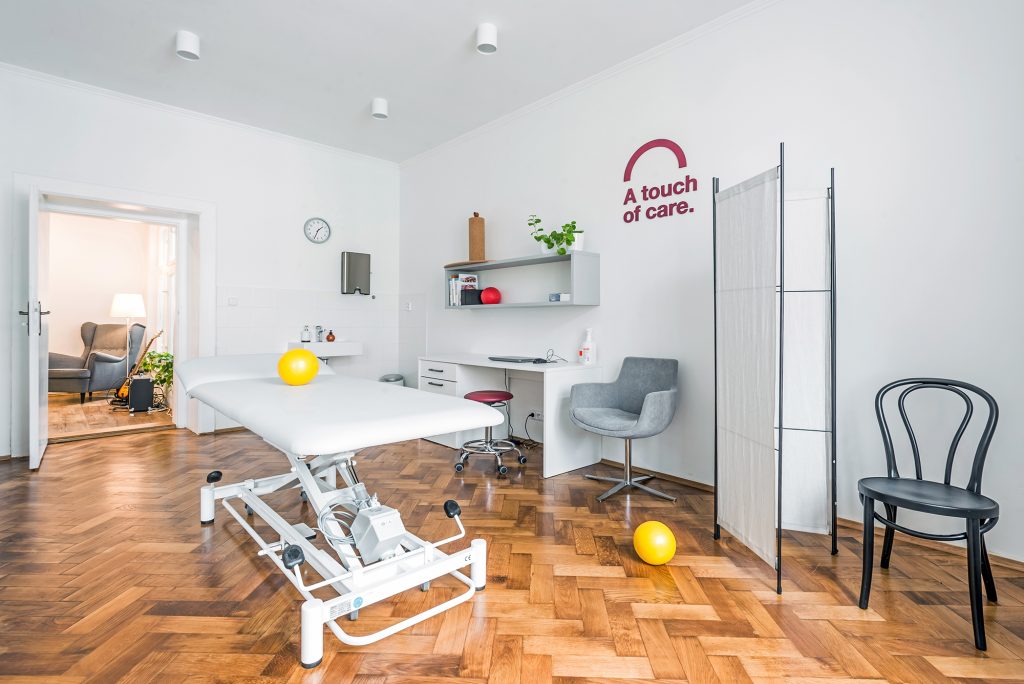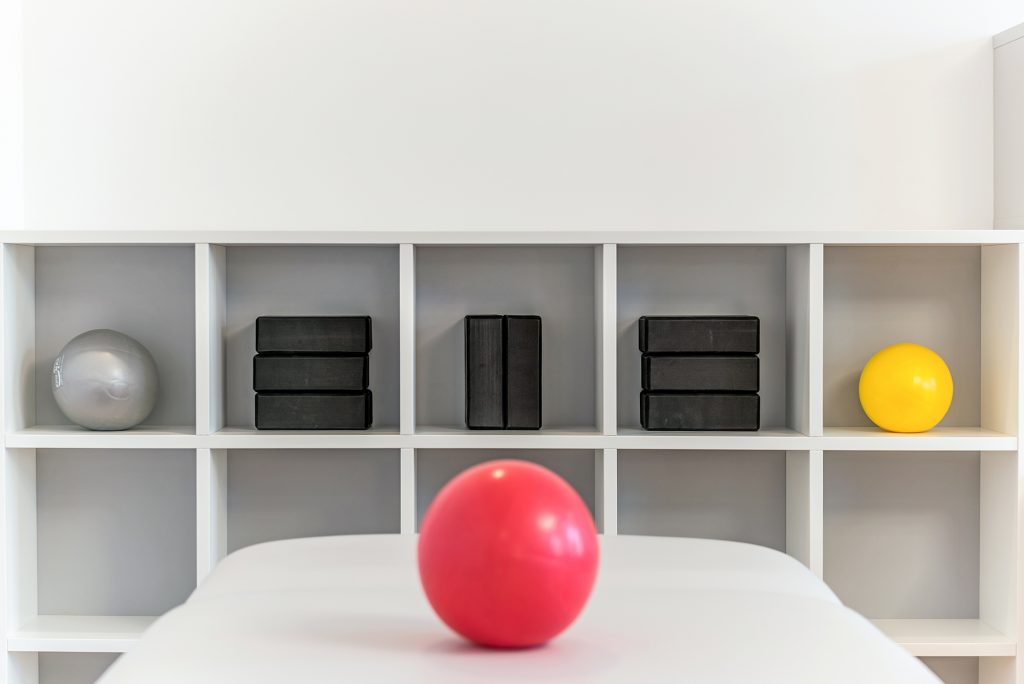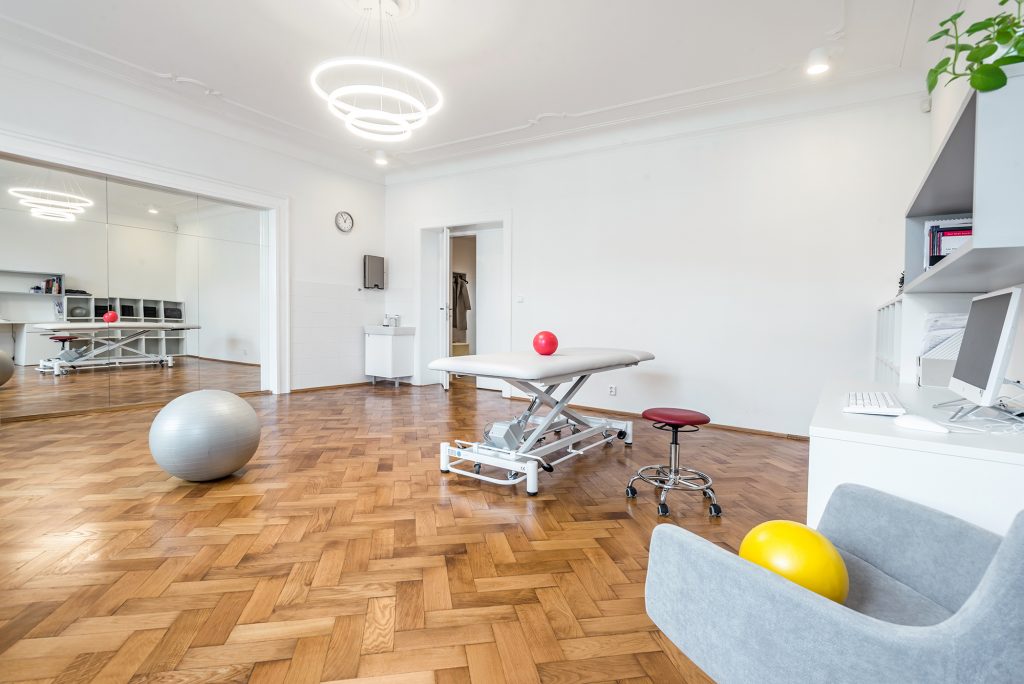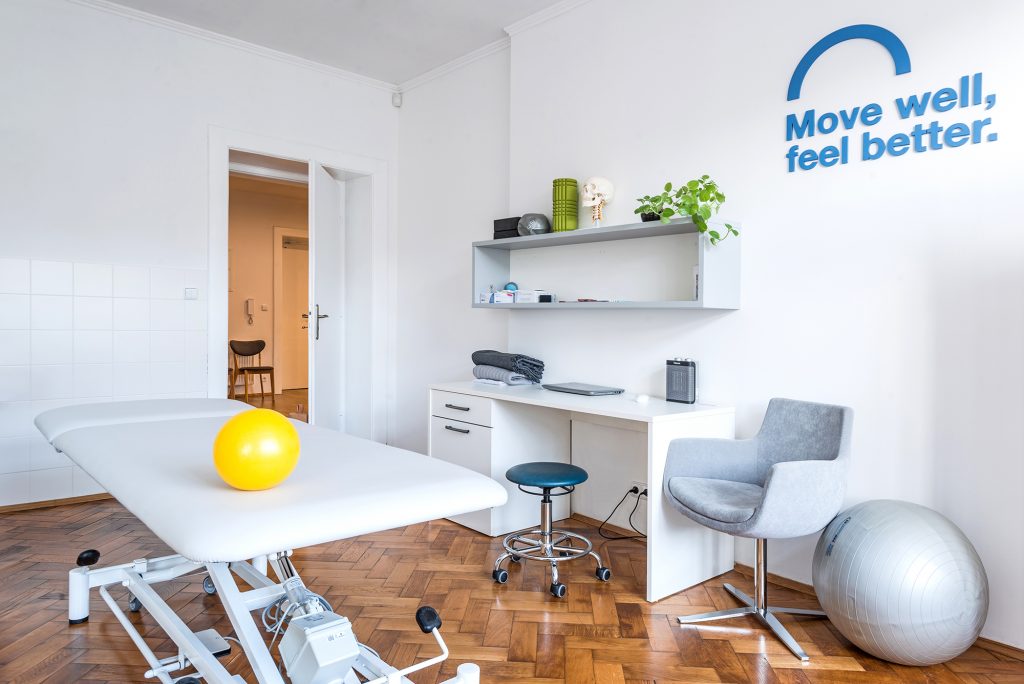Ten Important Facts About Pelvic Floor Muscles
The anatomical layout of the pelvis can be visualized using the model of a boat, where the pelvic floor muscles represent the water level, and the pelvic organs (uterus, bladder, intestines) are the boat floating on the water. For the boat (pelvic organs) to remain stable, it must be tethered to the dock with ropes, representing the supporting ligaments. The water level affects both the boat’s position and the tension in the ropes.
The pelvic floor is reflexively connected to the rest of the body
The pelvic floor is part of the so-called horizontal divisions in our body. These include the diaphragm, upper thoracic aperture, the bottom of the oral cavity, and the soles of the feet. These horizontal divisions functionally influence each other. This means that, for example, muscle overload in the oral cavity can eventually lead to increased tension in the pelvic floor muscles, diaphragm, or feet. This can cause leg pain, changes in breathing patterns, reflux, or pelvic floor muscle dysfunction, etc. Similarly, pelvic floor dysfunction can affect other horizontal divisions.
Ten Important Facts About the Pelvic Floor Muscles
- The pelvic floor plays an important role in breathing because it works with the diaphragm and participates in respiratory movements. The diaphragm and pelvic floor perform synchronous parallel movements during breathing. When inhaling, the diaphragm descends, and the pelvic floor moves downward. During exhalation, both move upward. When inhaling, the diaphragm is activated (contracts), while the pelvic floor muscles relax. During exhalation, the situation reverses—the diaphragm relaxes, and the pelvic floor muscles activate (contract). A balanced coordination of these muscles is extremely important for proper breathing patterns; otherwise, one muscle may be overloaded. The described model is slightly simplified, as the muscles are actually somewhat active even during relaxation (this type of activity is called eccentric contraction), but understanding the basic model is sufficient.
- The pelvic floor supports and maintains the pelvic organs in their physiological position, and its tension partially transfers to the organs it supports. It can be simplified as a bowl containing fruit or vegetables (pelvic organs). If the muscle tension is too high or too low, the position and tension of the organs can change as well.
- The pelvic floor supports the spine. It works with the abdominal muscles, diaphragm, and back muscles. These muscles together create intra-abdominal pressure, which is important for the stability of the spine and trunk. This stability is used by the body when sitting, standing, and during movement. It thus protects the vertebrae, discs, and spinal cord from injury.
- The pelvic floor functions as a sphincter. It helps close and open the pelvic openings (urethra, vagina, and anus), thus playing an important role in ensuring continence (urination and defecation) and in opening the birth canal during childbirth. Good sphincter function of the pelvic floor also plays a role in sexual intercourse, where conscious use of the pelvic floor muscles contributes to pleasurable experiences.
- A strong chronic cough or prolonged shortness of breath increases the demands on the pelvic floor muscles. As a result, people with respiratory issues may develop urinary or fecal incontinence or pelvic organ prolapse over time. However, proper coughing technique increases exhalation strength while simultaneously training balanced activation of the pelvic floor, diaphragm, and abdominal muscles, thus preventing pelvic floor issues. A specialized physiotherapist can help you practice proper coughing technique.
- Excessive tension in the pelvic floor muscles (called hypertonus) can cause various issues. Most notably, it prevents free abdominal breathing. In these circumstances, breathing occurs primarily in the chest and ribs. People with excessive tension in the pelvic floor may experience pain in the shoulders and neck due to the overload of unnecessary respiratory movements. Hypertonic pelvic floor muscles also lose the ability to relax, lengthen, and return to their optimal length. During rapid increases in intra-abdominal pressure (e.g., coughing, lifting objects, jumping), the hypertonic pelvic floor is unable to perform further muscle contractions to tightly close the pelvic openings. These individuals are more likely to experience incontinence. Incontinence issues in this case are not only related to pregnant or older women but also to young men, often athletes or people who have had gynecological or urological surgeries.
- The pelvic floor is active during exhalation. However, if physical exertion (e.g., lifting objects, weight training with heavy weights) is done while inhaling and holding the breath, it leads to excessive tension in the pelvic floor muscles. Increased intra-abdominal pressure impacts the relaxed and inadequately protected pelvic floor, which presents a potential risk for the development of various pelvic floor disorders. Therefore, exercises, particularly resistance training and intensive physical activity of any kind, should be performed during exhalation, in collaboration with the pelvic floor and all layers of the abdominal muscles. It is beneficial to consciously train this cooperation, ideally with a physiotherapist who can teach you the correct exercise technique. We can help you with this at Fyzio World.
- Activation and relaxation of the pelvic floor muscles are equally important, and during regular daily activities (breathing, getting up, lifting objects, exercising, walking, etc.), they should be in balance. Otherwise, issues such as urinary incontinence, pelvic organ prolapse, or pelvic pain may arise. Pelvic floor function can be trained in isolation, but it is very important for the pelvic floor to cooperate with the abdominal muscles and diaphragm to stabilize the spine, as mentioned in point 3. A specialized physiotherapist can help you train both isolated and synchronized muscle contractions.
- The tension of the pelvic floor muscles depends on body position. It is more challenging to contract these muscles in an upright position. Therefore, for training pelvic floor function (activation and relaxation), horizontal positions such as lying on the back, kneeling on all fours, or kneeling on all fours with support on the elbows are more suitable initially. It is then good to include training in more upright positions, such as standing or squatting.
- Do not hold urine while training pelvic floor muscles. Holding urine during pelvic floor training was previously recommended. However, this method has proven to be unsuitable and should definitely be avoided. There is a risk of stagnation and the return of urine through the urethra, which can lead to bladder infections. Additionally, this method of exercise can be confusing for the body because these muscles should naturally relax during urination.
